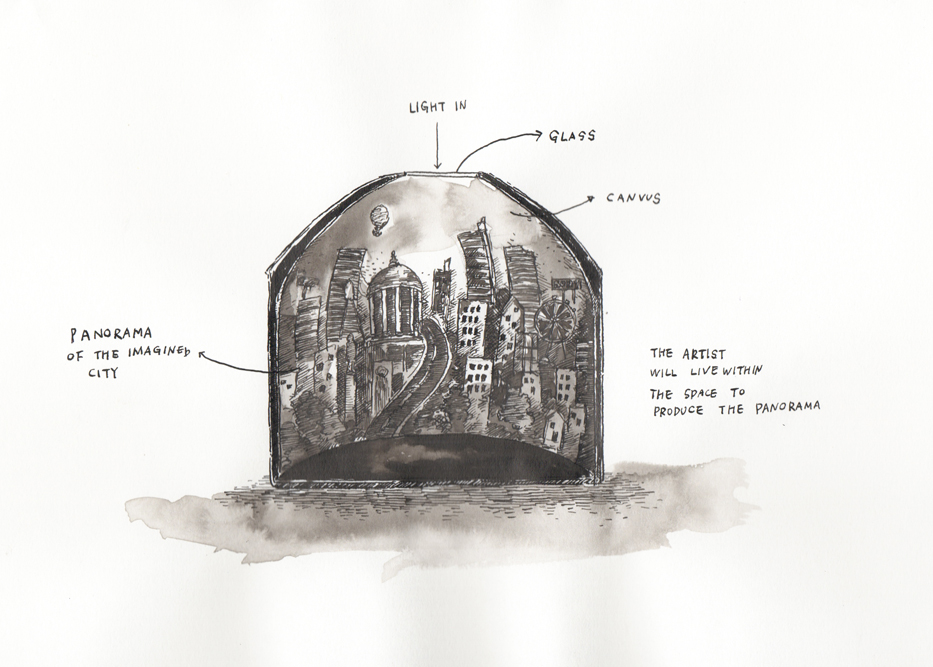If this year’s edition of Art Central had one takeaway message, it was that art is much more than a painting hanging on a wall, or a sculpture gracing the foyer of a beautiful home or hotel.
For one, there was Suspended by Thomas Canto, a 3D mixed-media installation that practically leapt off the wall and appeared radically different depending on the angle. Then there was the 12-metre site-specific piece Growth by Dwi Setianto, which combined seeds and vines with drawings.
In fact, plenty of the most memorable works at the contemporary art fair were pieces you’d be hard pressed to tuck under your arm and take home after purchasing them. Some pieces were simply best experienced within the context of the fair itself.
Nothing exemplified this spirit of experiencing art first-hand than Taiwanese artist Ting-Tong Chang’s installation The Colosseum. Created on-site over the course of the fair, the piece won Ting-Tong the esteemed RISE Award and recognition as the most promising emerging artist at Art Central – not too shabby for his first foray into a commercial art fair.
We spoke to the artist about his award-winning piece.


The project was both an installation and a live performance. A 3x3x3-metre reproduction of the Colosseum in Rome was constructed in the exhibition space. I lived within The Colosseum for the full period of the art fair; I sealed myself in the installation and cut connections with the outside world. A collaborating artist was my eyes. They produced a series of sketches during the full period of the art fair, which were sent to The Colosseum at the end of each day.
Using the drawings as my sole information from the outside world, I produced a panorama painting illustrating Art Central in detail: artworks, collectors, artists. The 360-degree painting depicts an epic story, a place full of spectacle. The installation was open to the public and fair-goers were able to see the making of the panorama.
The installation references English artist and surveyor Thomas Hornor’s venture in Victorian London. In 1821, Hornor installed a small hut at the top of the St Paul’s Cathedral’s dome. He lived there and drew sketches of the London cityscape from that viewpoint. He planned to turn the sketches into one large panorama of London, painted on the interior of the London Colosseum, a 16-sided domed polygon constructed in Regent’s Park.
After Hornor finished the sketches, he actually fled to New York due to debt. Instead, the painter ET Parris worked on the panorama based on Hornor’s drawings and his own imagination. The panorama occupied over 40,000sqft and was one of the largest paintings ever created. When it was completed in 1829, viewers flocked to it to get a magnificent visual experience.
What interests me about the story is that Hornor’s popularity soon drew criticism because the painting was not precise enough. Several locations of the city were far removed from reality, which made the panorama more surrealistic than representational.

The post Artist Ting-Tong Chang named winner of the RISE Award at Art Central appeared first on Home Journal.






